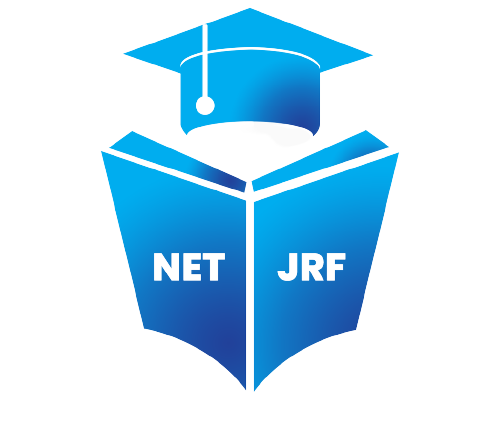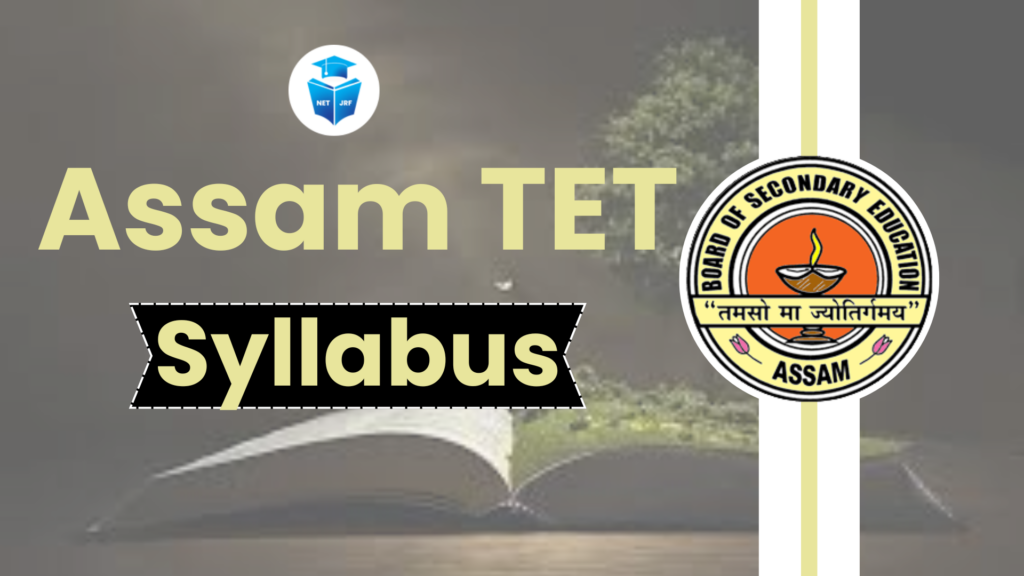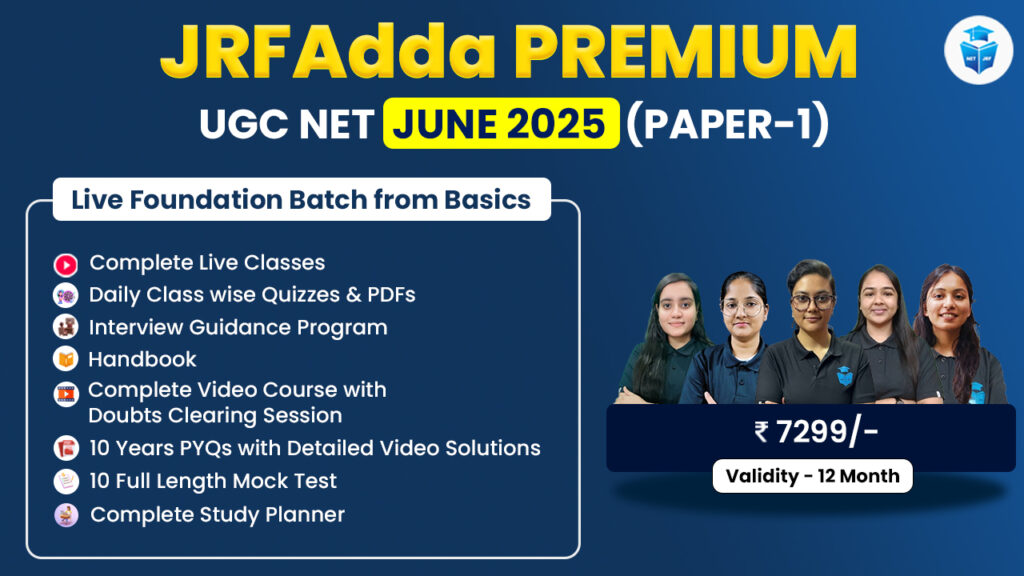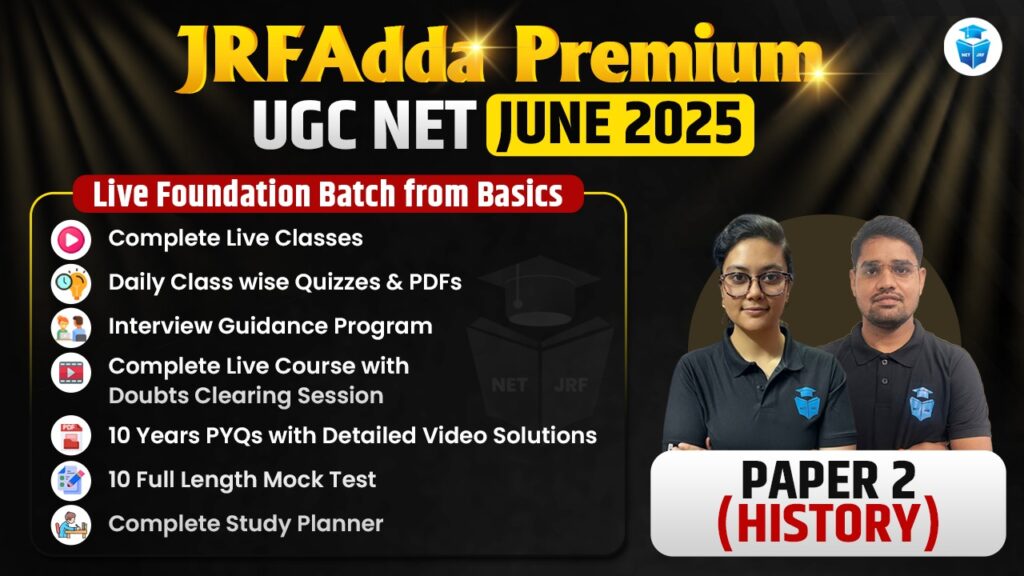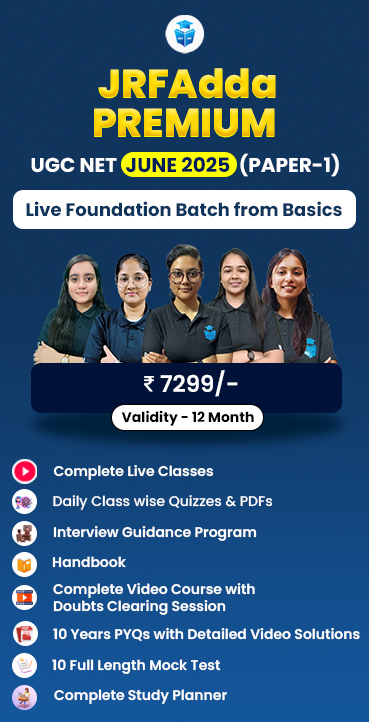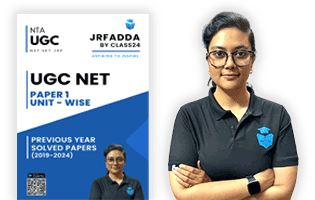The Assam Teacher Eligibility Test (Assam TET) is conducted by the Government of Assam, Elementary Education Department, and Axom Sarba Shiksha Abhiyan Mission to recruit teachers for Lower Primary (LP) and Upper Primary (UP) levels. To crack the Assam TET Exam , a detailed understanding of the Assam TET Syllabus is essential. This article provides a comprehensive overview of the Assam TET Syllabus Paper 1 and Assam TET Syllabus Paper 2, exam pattern, subject-wise topics, how to download the syllabus PDF, and effective preparation tips.
Assam TET Exam Pattern Paper 1 (Lower Primary)
The Assam TET Exam Pattern Paper 1 is designed for candidates who wish to become teachers for Lower Primary Classes (I to V). The question paper includes Multiple Choice Questions (MCQs) with no negative marking. The total duration of the exam is 2 hours and 30 minutes.
Assam TET Syllabus 2025 Overview
The Assam TET syllabus is thoughtfully designed to assess candidates’ teaching aptitude, subject-specific knowledge, and understanding of key pedagogical concepts. It is divided into two distinct papers based on the level of teaching. Paper 1 is intended for candidates aspiring to teach classes I to V (Lower Primary), while Paper 2 is for those aiming to teach classes VI to VIII (Upper Primary). Both papers comprise 150 multiple-choice questions, each carrying one mark, making the total 150 marks per paper. The exam duration for each paper is 2 hours and 30 minutes, providing sufficient time for candidates to attempt all questions.| Feature | Details |
| Exam Name | Assam Teacher Eligibility Test (Assam TET) |
| Conducting Body | SSA Assam (Axom Sarba Shiksha Abhiyan) |
| Exam Levels | Paper 1 (LP: Class I–V), Paper 2 (UP: VI–VIII) |
| Exam Type | Objective (MCQs) |
| Total Questions | 150 |
| Total Marks | 150 |
| Duration | 2 hours 30 minutes |
| Official Website | ssa.assam.gov.in |
| Subject | No. of Questions | Marks |
| Child Development and Pedagogy | 30 | 30 |
| Language I (Regional language | 30 | 30 |
| Language II (English) | 30 | 30 |
| Mathematics | 30 | 30 |
| Environmental Studies | 30 | 30 |
| Total | 150 | 150 |
Assam TET Syllabus Paper 1 (Lower Primary)
The Assam Teacher Eligibility Test (TET) Paper 1 is intended for candidates aspiring to become teachers at the Lower Primary level (Classes I to V). The syllabus is designed to assess the foundational knowledge, pedagogical understanding, and subject expertise required for teaching young learners effectively. Below is a subject-wise breakdown of the Assam TET Syllabus Paper 1Child Development and Pedagogy
This section focuses on the educational psychology of teaching and learning relevant to the age group of 6–11 years. It aims to evaluate a candidate’s understanding of the learner’s development and the concept of inclusive education.- Stages of child development (physical, cognitive, emotional, social)
- Concept of inclusive education and understanding children with special needs
- Learning theories and their educational implications (Piaget, Vygotsky, Kohlberg)
- Influence of heredity and environment on development
- Principles of teaching and learning
- Classroom management and discipline strategies
- Pedagogical issues and evaluation techniques
Language I (Regional Language)
Candidates must choose one regional language (such as Assamese, Bengali, Bodo, Hindi, etc.) as Language I. This section assesses proficiency in the chosen language and the ability to use it effectively in classroom teaching.- Grammar and usage
- Sentence structure and formation
- Language comprehension
- Vocabulary development
- Teaching-learning strategies for language
- Development of language skills (Listening, Speaking, Reading, Writing)
Language II (English)
Language II is English and is compulsory for all candidates. This section tests language comprehension and the skills necessary for teaching English effectively.- Reading comprehension (passages with questions)
- Sentence correction and transformation
- Vocabulary and word usage
- Grammar and syntax
- Assessment of the four language skills
- Pedagogy of language development
Mathematics
This section evaluates conceptual understanding and pedagogical knowledge in Mathematics suitable for young learners.- Number system, operations, and patterns
- Shapes, spatial understanding, measurement
- Time, money, and data handling
- Problem-solving strategies
- Basic arithmetic and mental mathematics
- Pedagogical understanding of how children learn Mathematics
Environmental Studies
Environmental Studies covers the physical and social environment and aims to assess the candidate’s ability to relate science and society to classroom learning.- Family and relationships
- Food, nutrition, and health
- Water sources and conservation
- Travel, communication, and transport
- Natural and man-made environment
- Plants and animals
- Teaching materials and pedagogy in EVS
- Activities for environmental awareness and protection
Assam TET Exam Pattern Paper 2 (Upper Primary)
The Assam TET Exam Pattern Paper 2 is designed for candidates who wish to teach at the Upper Primary level (Classes VI to VIII). The exam consists of multiple-choice questions (MCQs), with each question carrying 1 mark. There is no negative marking.| Subject | No. of Questions | Marks |
| Child Development and Pedagogy | 30 | 30 |
| Language I (Regional language) | 30 | 30 |
| Language II (English) | 30 | 30 |
| Mathematics and Science or Social Studies | 60 | 60 |
| Total | 150 | 150 |
Assam TET Syllabus Paper 2 (Upper Primary)
The Assam Teacher Eligibility Test (TET) is conducted for candidates aspiring to become teachers in government schools from Class VI to VIII. Paper 2 is specifically designed for those who wish to teach at the Upper Primary level. A thorough understanding of the syllabus is essential for strategic preparation.Child Development and Pedagogy
This section focuses on the educational psychology of learners aged 11–14 years. It evaluates a candidate’s understanding of child development, learning processes, and teaching strategies suited for diverse learners.- Learning Theories: Constructivism (Piaget, Vygotsky), Behaviorism (Conditioning theories by Pavlov, Skinner)
- Factors Affecting Learning: Intelligence, aptitude, motivation, and environment
- Child Psychology: Developmental stages, emotional and cognitive changes during adolescence
- Inclusive Education: Catering to learners with special needs
- Classroom Management: Discipline strategies, positive learning environment
- Assessment and Evaluation: Tools and techniques, formative and summative assessments
Language I (Regional Language)
Candidates choose one regional language such as Assamese, Bengali, Bodo, Hindi, etc., based on their preference or background. This section evaluates the candidate’s proficiency in the selected language and its pedagogy. Topics Covered:- Grammar and Sentence Formation
- Language Skills: Listening, Speaking, Reading, Writing
- Vocabulary Development
- Teaching Methodologies for Language
- Error Detection and Correction
Language II (English)
This section focuses on English language skills and the methods to teach them effectively at the upper primary level.- Reading Comprehension (both prose and poetry)
- Grammar: Tenses, voice, prepositions, articles
- Vocabulary: Synonyms, antonyms, idioms, phrasal verbs
- Teaching Four Language Skills
- Strategies for Effective Language Teaching
- Language Evaluation and Remediation Techniques
Mathematics and Science (For Math/Science Teachers)
This section is compulsory for candidates opting to teach Mathematics and Science. Mathematics Topics- Number System and Arithmetic
- Algebra: Expressions, equations, identities
- Geometry: Shapes, angles, symmetry
- Mensuration: Area, perimeter, volume
- Data Interpretation and Statistics
- Probability and Logical Reasoning
- Pedagogy of Mathematics: Concept-building, activity-based learning, error analysis
- Physics: Motion, Force, Heat, Light, Sound
- Chemistry: Physical and chemical changes, Acids, Bases and Salts
- Biology: Living Organisms, Nutrition, Respiration, Reproduction, Cell Structure
- Science and Environment
- Science Pedagogy: Experiments, observation skills, application-based learning
Social Studies (For Social Studies Teachers)
Candidates opting for this section must answer questions based on history, geography, political science, and economics.- History: Ancient, Medieval, and Modern Indian History, National Movement, Social Reform Movements
- Geography: Earth and its features, Indian geography, resources, agriculture
- Political Science: Constitution of India, democracy, governance, rights and duties
- Economics: Concepts of Budget, GDP, Market Types, Economic Planning
- Social Studies Pedagogy: Use of maps and charts, field trips, group activities, evaluation methods
How to Download Assam TET Syllabus 2025
To download the official Assam TET Syllabus PDF, follow these steps:- Visit the official website: ssa.assam.gov.in
- Go to the “Teacher Eligibility Test” section.
- Click on the “Assam TET Syllabus ” link.
- Download the syllabus PDF for Paper I and II.
Preparation Tips for Assam TET Syllabus 2025
- Understand the Exam Pattern: Know the subject-wise distribution of questions and marks.
- Make a Study Plan: Allocate daily time slots for each subject.
- Use NCERT Books: Follow NCERT textbooks (especially for Classes I to VIII) for conceptual clarity.
- Practice Mock Tests: Attempt full-length mock tests and previous year papers regularly.
- Focus on Pedagogy: Master teaching methodologies and child psychology, as it is a common and high-scoring section in both papers.
Assam TET Syllabus 2025 FAQs
The syllabus includes Child Development and Pedagogy, Language I & II, Mathematics, and Environmental Science, each carrying 30 marks.
No, there is no negative marking in either Paper 1 or Paper 2.
Yes, if the content is relevant and aligned with the current Assam TET syllabus, you can refer to them. However, always verify with the latest syllabus updates.
The Elementary Education Department, Government of Assam, and the Axom Sarba Shiksha Abhiyan Mission finalize and release the syllabus.
You can download it from the official website ssa.assam.gov.in under the “TET” section.
